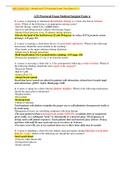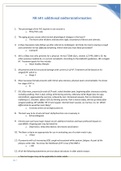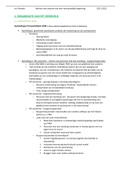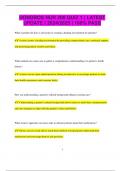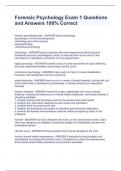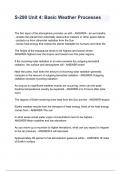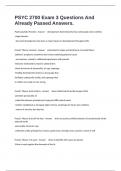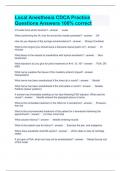Exam (elaborations)
MED SURG 351 / MedSurg ATI Proctored Exam Test Bank A (1) Latest
- Course
- Institution
MED SURG 351 / MedSurg ATI Proctored Exam Test Bank A (1)/MED SURG 351 / MedSurg ATI Proctored Exam Test Bank A (1)/MED SURG 351 / MedSurg ATI Proctored Exam Test Bank A (1)/MED SURG 351 / MedSurg ATI Proctored Exam Test Bank A (1)/MED SURG 351 / MedSurg ATI Proctored Exam Test Bank A (1)
[Show more]
